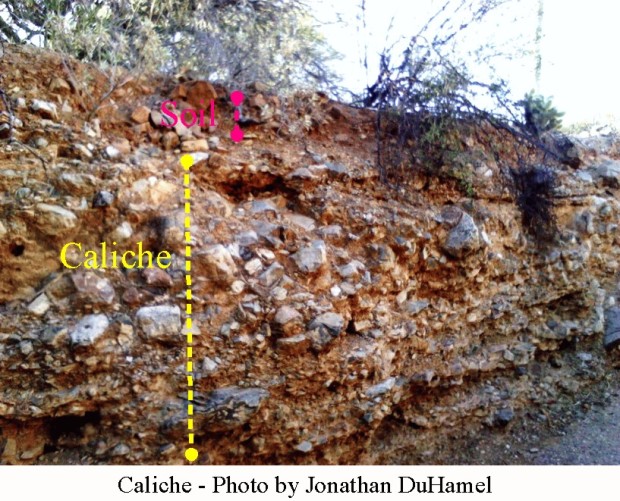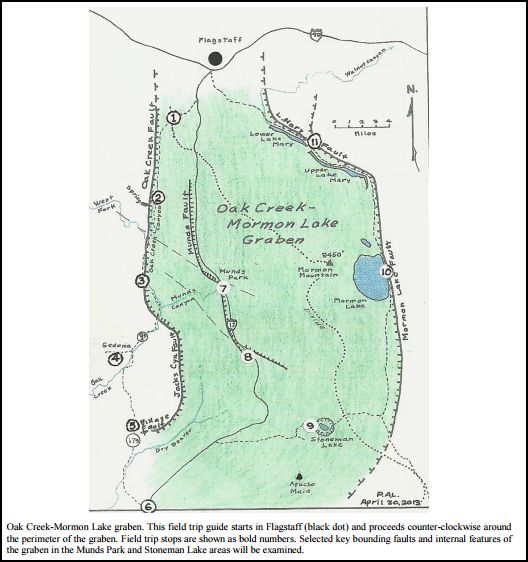 The U.S. Geological Survey has just published a new assessment of mineral resources vital to our modern economy: Critical mineral resources of the United States—Economic and environmental geology and prospects for future supply, Professional Paper 1802
The U.S. Geological Survey has just published a new assessment of mineral resources vital to our modern economy: Critical mineral resources of the United States—Economic and environmental geology and prospects for future supply, Professional Paper 1802
Edited by:Klaus J. Schulz , John H. DeYoung Jr. , Robert R. Seal II , and Dwight C. Bradley
You can download the entire book (148 Mb) and/or individual chapters here:
https://pubs.er.usgs.gov/publication/pp1802
The book consists of two introductory chapters and 20 chapters which each discuss the geology, mineralogy, and occurrence of specific mineral commodities. Note that the U.S. is entirely dependent on imports for 20 critical minerals (see page 6 of this publication for a chart:https://minerals.usgs.gov/minerals/pubs/mcs/2017/mcs2017.pdf )
The following map from PP1802 shows where the U.S. gets minerals for which we are at least 50 percent dependent on imports.
The first chapter in PP1802 justifies the need for this report as follows:
The global demand for mineral commodities is at an all time high and is expected to continue to increase, and the development of new technologies and products has led to the use of a greater number of mineral commodities in increasing quantities to the point that, today, essentially all naturally occurring elements have several significant industrial uses. Although most mineral commodities are present in sufficient amounts in the earth to provide adequate supplies for many years to come, their availability can be affected by such factors as social constraints, politics, laws, environmental regulations, land-use restrictions, economics, and infrastructure.
This volume presents updated reviews of 23 mineral commodities and commodity groups viewed as critical to a broad range of existing and emerging technologies, renewable energy, and national security. The commodities or commodity groups included are antimony, barite, beryllium, cobalt, fluorine, gallium, germanium, graphite, hafnium, indium, lithium, manganese, niobium, platinum-group elements, rare-earth elements, rhenium, selenium, tantalum, tellurium, tin, titanium, vanadium, and zirconium. All these commodities have been listed as critical and (or) strategic in one or more of the recent studies based on assessed likelihood of supply interruption and the possible cost of such a disruption to the assessor. For some of the minerals, current production is limited to only one or a few countries. For many, the United States currently has no mine production or any significant identified resources and is largely dependent on imports to meet its needs. As a result, the emphasis in this volume is on the global distribution and availability of each mineral commodity. The environmental issues related to production of each mineral commodity, including current mitigation and remediation approaches to deal with these challenges, are also addressed.
See also:
American non-fuel mineral production 2016
This article notes: The value of all non-fuel minerals produced from U.S. mines was $74.6 billion, a slight increase over production in 2015. “ Domestic raw materials and domestically recycled materials were used to process mineral materials worth $675 billion. These mineral materials were, in turn, consumed by downstream industries with an estimated value of $2.78 trillion in 2016.” Nevada was ranked first with a total mineral production value of $7.65 billion, mainly from gold. Arizona came in second in total production with a value of $5.56 billion and first in U.S. copper production.










